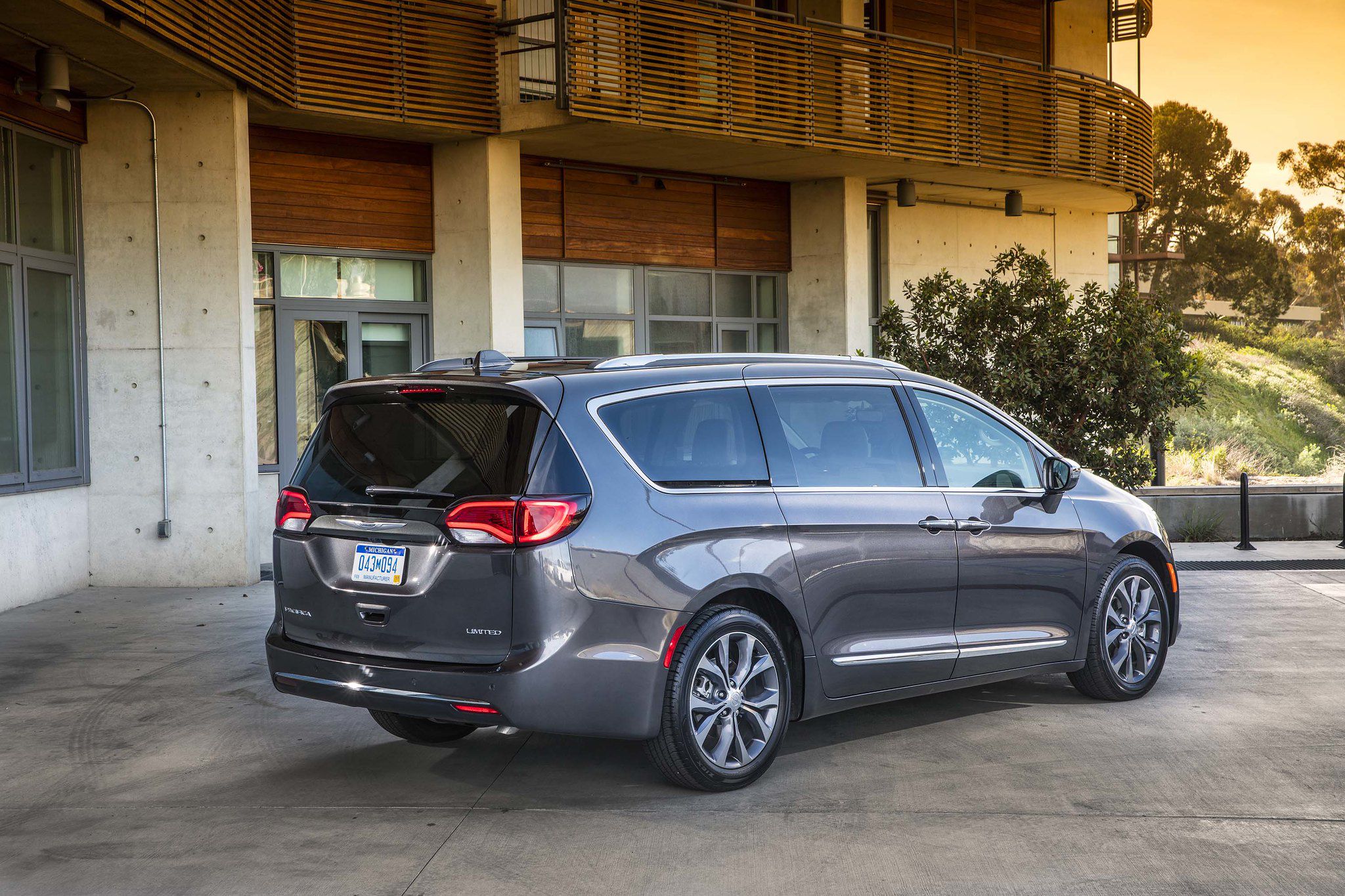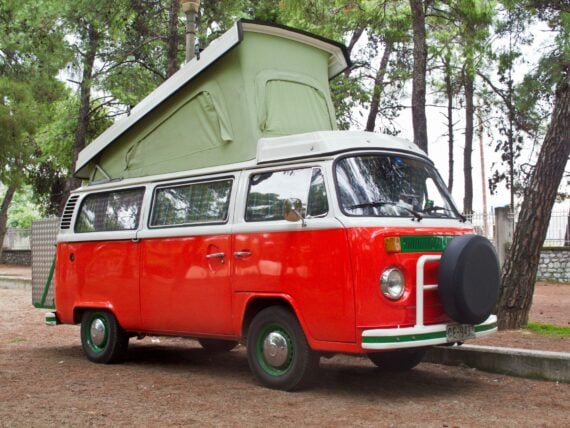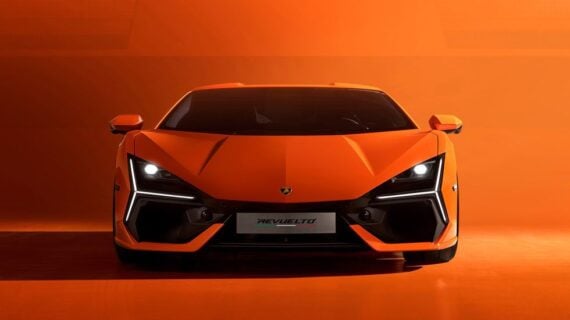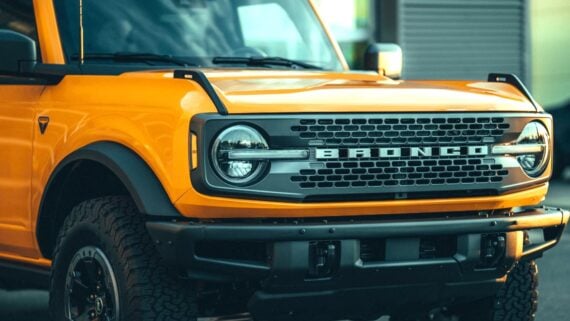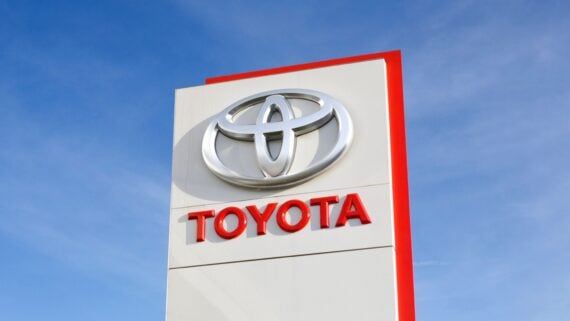Related: DIY RVs and Vans You Have to See to Believe
Ford Econoline E100 (1961-1967)
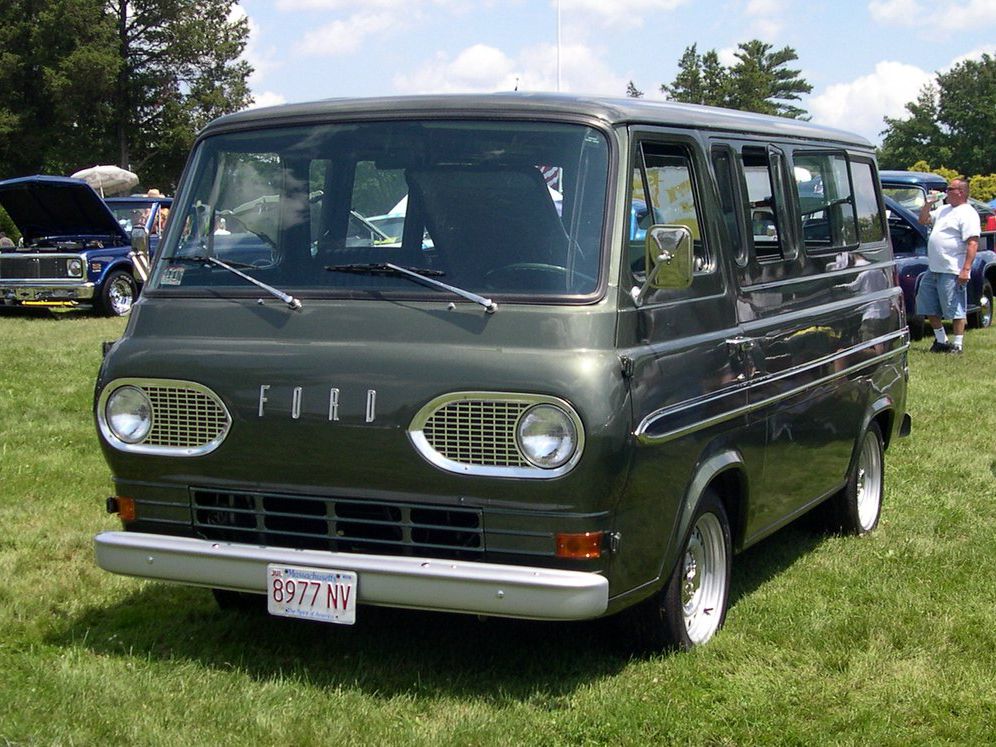
There were a couple of precursors to the minivan emerging in the 1980s, and this model was one. Ford’s Econoline van rode atop a Ford Falcon platform, and the wheelbase was a very compact 90 inches long. The engine was mounted behind the front axle and the driver’s cab pushed to the front, maximizing interior space. It was available in passenger or cargo van configurations, and there was even a funky two-door pickup version.
Related: Most Iconic RVs From Movies and TV Shows
Volkswagen T2 Microbus (1968-1979)
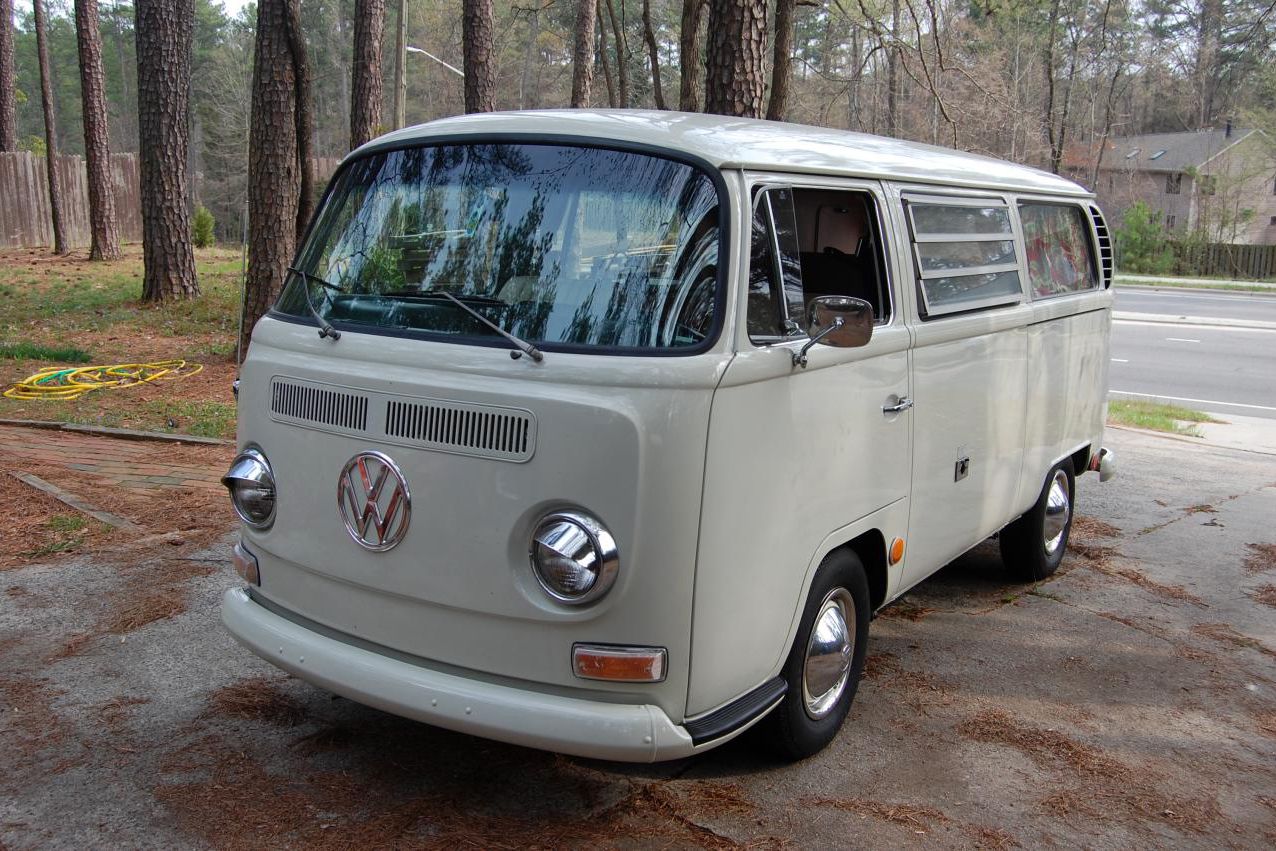
Related: The Coolest VW Vans Through the Decades
Dodge Caravan (1984-2020)

Plans for a carlike van had been proposed at Chrysler since the early 1970s, but it wasn’t until former Ford executives Hal Sperlich and Lee Iacocca reunited at Chrysler in 1978 that the minivan concept came to fruition. Launched in late 1983 as ’84 models, the Dodge Caravan and Plymouth Voyager were immediate hits, even if those first models were a bit clunky. Chrysler stopped production in 2020 on the Caravan, but continues to make Pacifica and Voyager minivans.
Related: Charger, Challenger and More: Iconic Dodge Vehicles
Chevy Astro (1985-2005)

General Motors’ answer to Chrysler’s minivan was a smaller version of a full-sized, rear-wheel-drive van. And that was precisely the point, based on the space-age TV commercials GM made when the Astro debuted as an ’85 model. Options on the first-generation model included a futuristic digital speedometer, a “sport” two-tone paint scheme, and all-wheel drive (for 1990), a first for an American-built minivan. The van and its mechanical twin, the GM Safari, were redesigned for the 1994 model year and soldiered on until 2005.
Related: Chevrolet Makes Already Large Suburban Even Larger
Toyota Van (1984-1989)
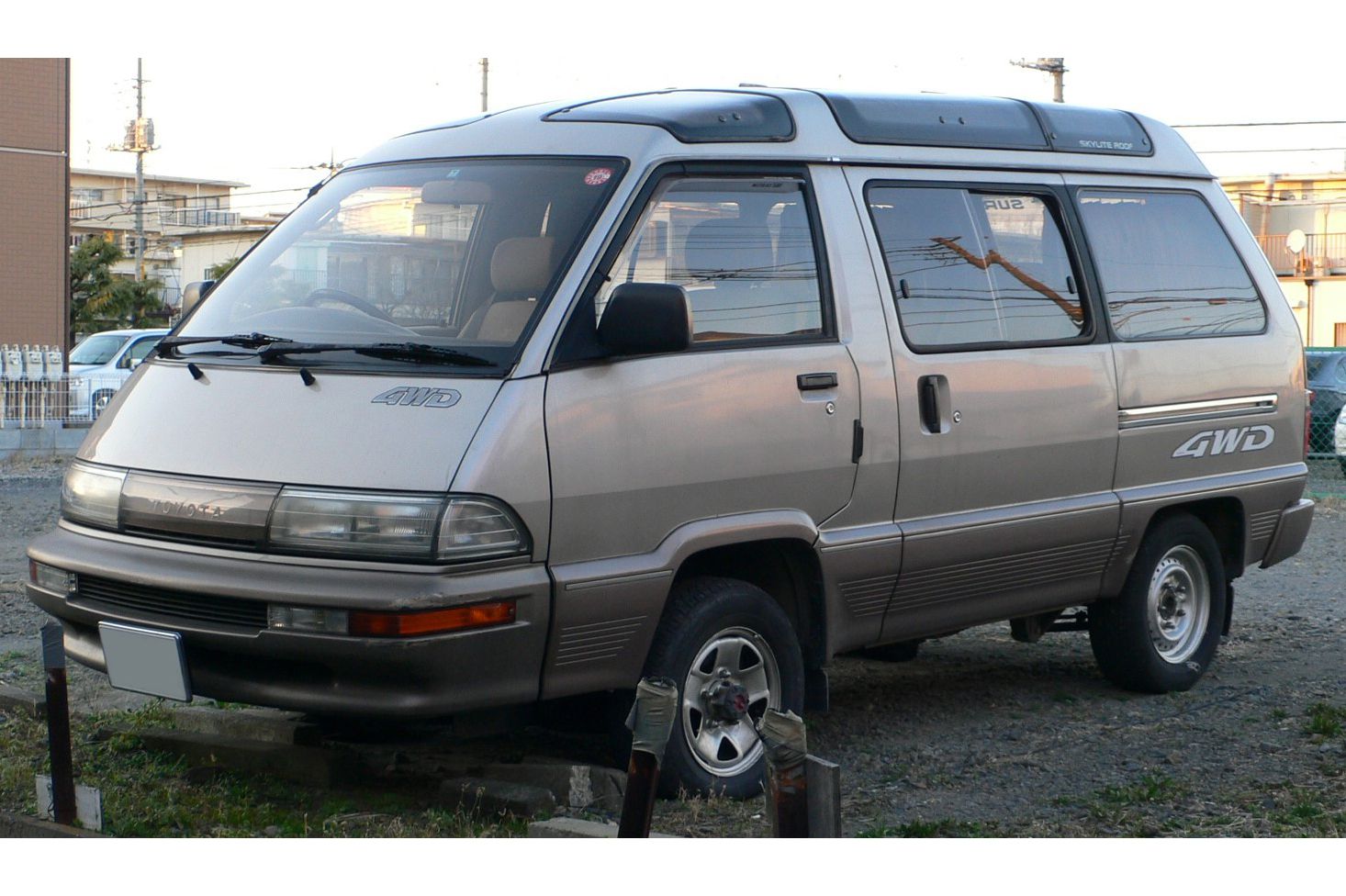
Related: Cars No One Wanted to Buy
Trending on Cheapism
Volkswagen Vanagon Syncro (1986-1993)
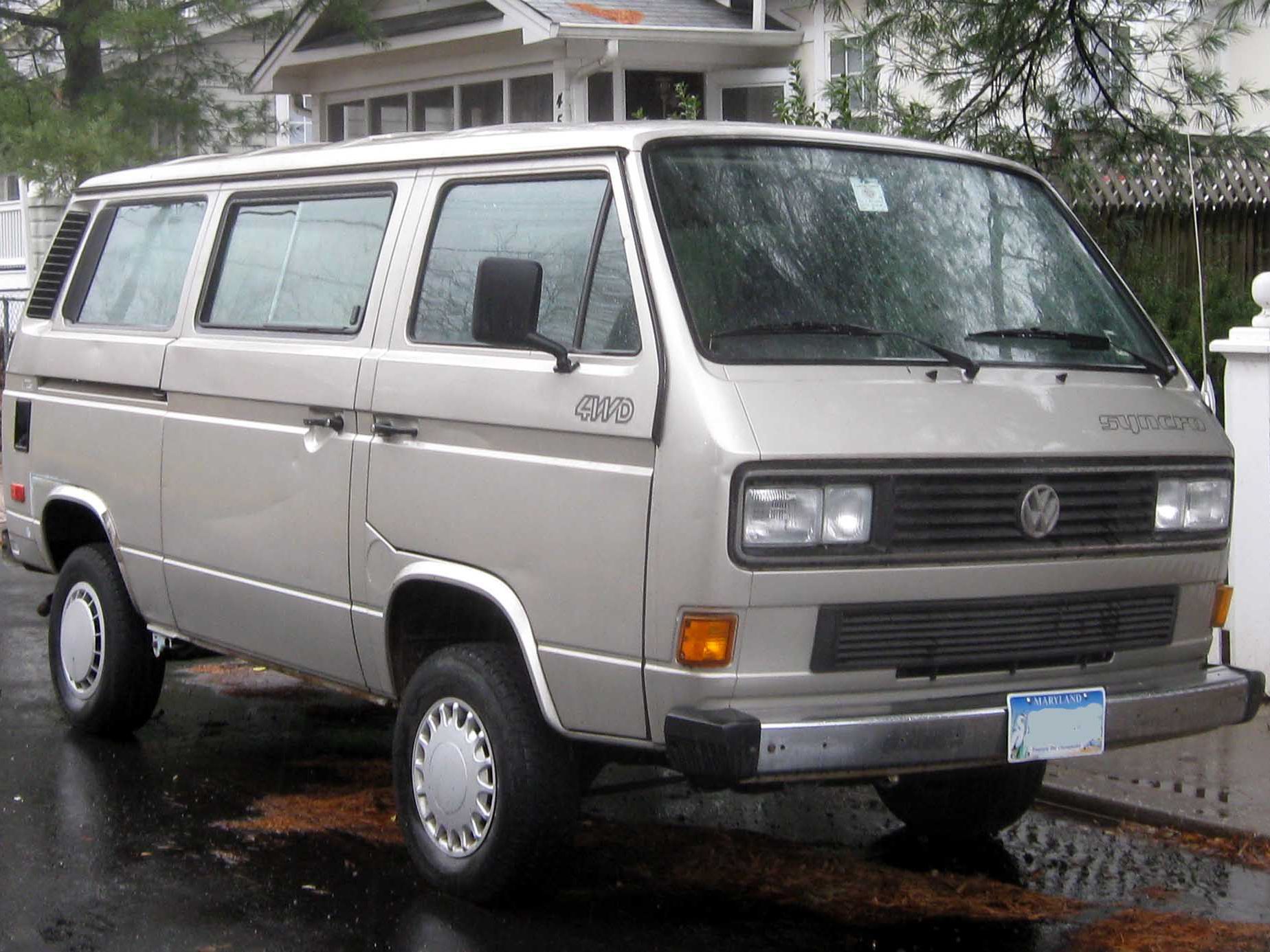
Related: Coolest Off-Road Camper Vans for Summer Adventures
Ford Aerostar (1986-1997)
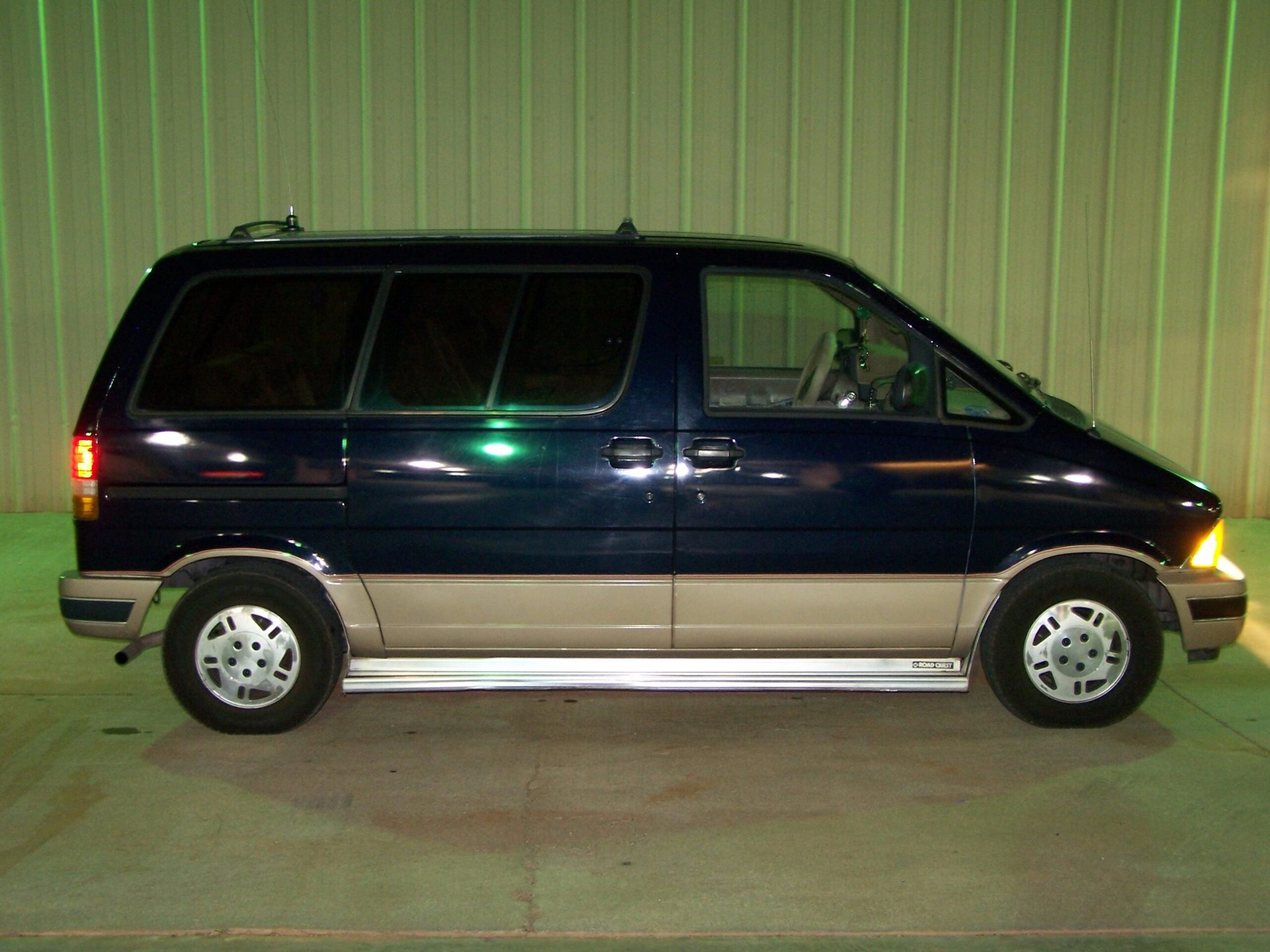
Like Chrysler, Ford had engineers tinkering with a minivan concept since the early 1970s. When the Aerostar rolled into showrooms as a 1987 model, Ford touted its aerodynamic wedge shape as an advantage over its boxier competitors. (The company even used the space shuttle in print ads.) Ford rolled out the Aerostar’s replacement, the Windstar, in 1995, and the two minivans existed uncomfortably side by side for two years in showrooms. Awkward!
Related: Why Ford Pickup Drivers Wouldn’t Be Caught Dead in a Chevy
Mitsubishi Delica 4WD (1986-2007)
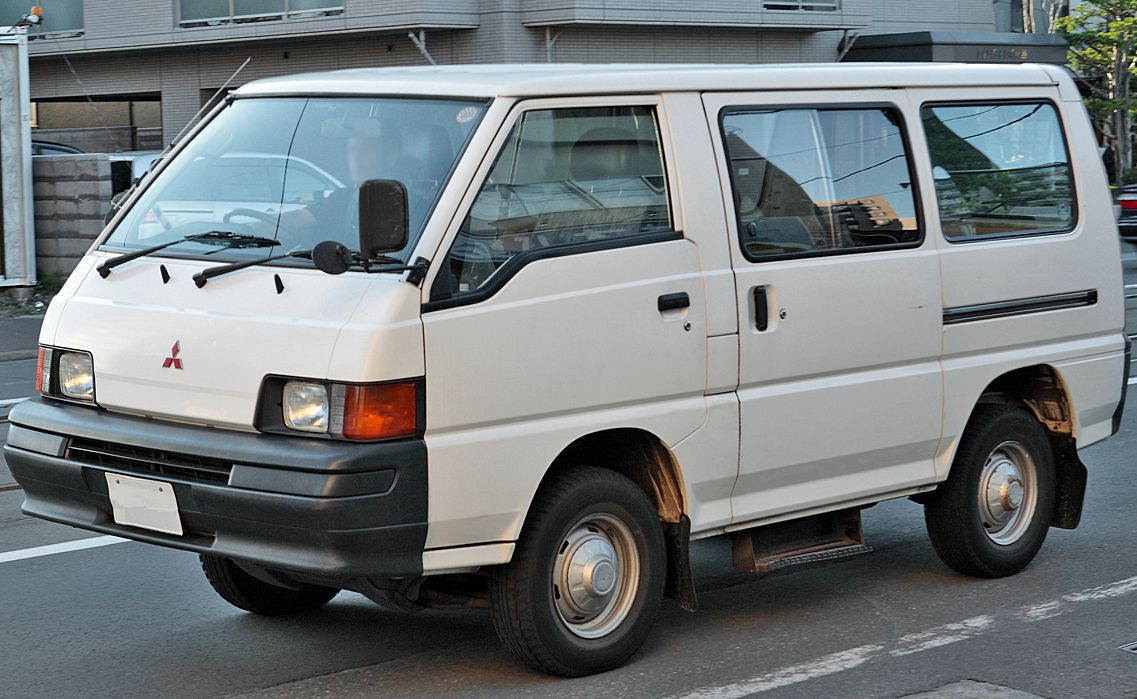
Technically, Mitsubishi never sold the Delica in the United States. But there are a rabidly dedicated bunch of Delica devotees here and in Canada that buy, sell, and trade used imported Delicas from Japan, according to Hagerty. Although Mitsubish has been building this van for domestic consumption since the late 1960s, it’s the third generation from the mid-’80s that you’re most likely to encounter on American roads — though fourth-generation models, built between 1994 and 2007, appear as well.
Related: These Are the Least Expensive Cars to Own
Sign up for our newsletter
Mazda MPV (1989-2006)
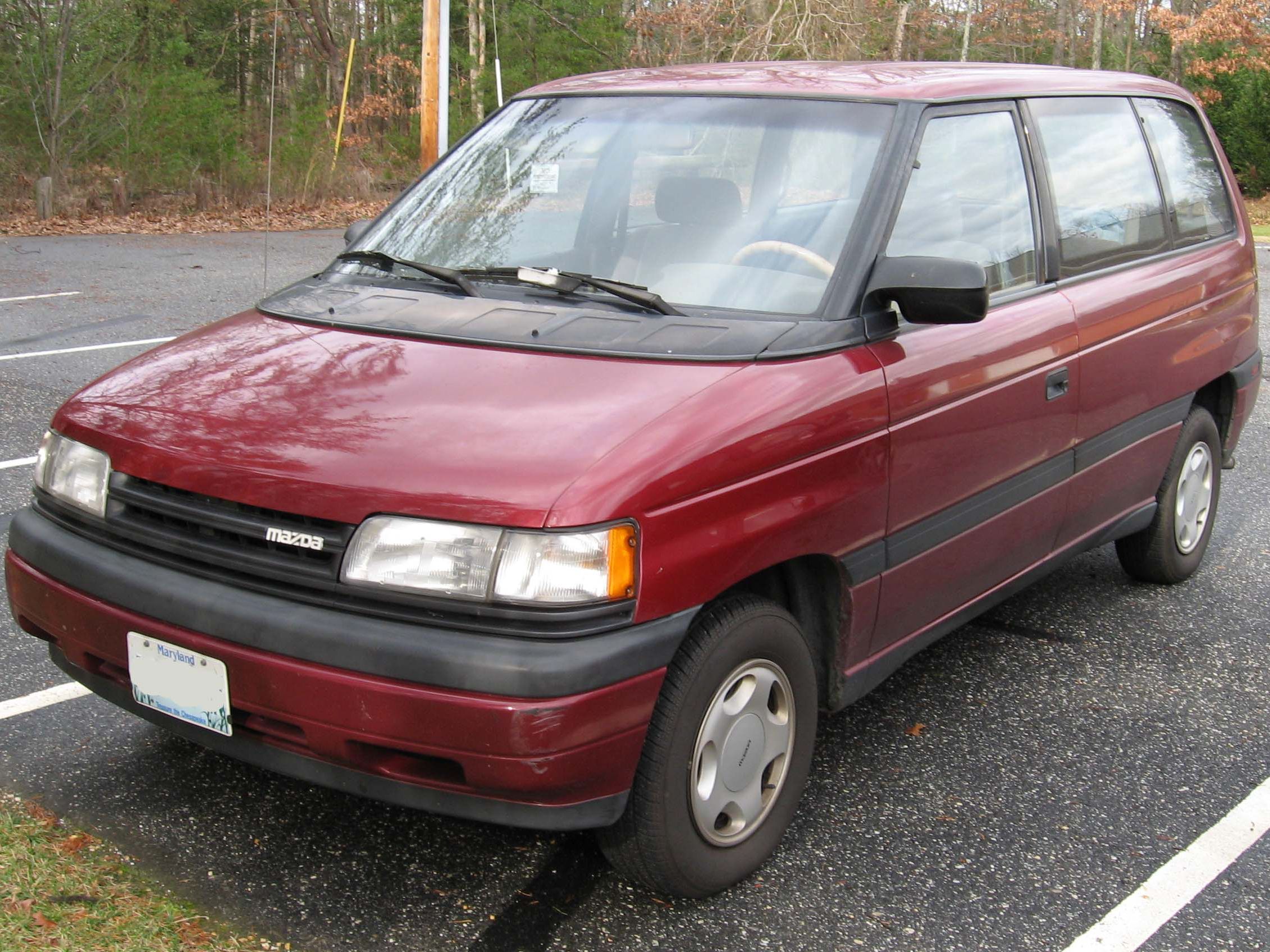
Mazda’s first dip in the minivan pool produced the oddly named Multi-Purpose Vehicle, aka the MPV. Unlike other minivans, the MPV had one distinctly carlike feature: The rear passenger door didn’t slide open like a van’s; it swung open like a sedan’s. Mazda also offered buyers the option of true four-wheel drive, a feature more commonly found on trucks and SUVs. A sleeker second-generation model arrived in 1999.
Toyota Previa (1990-1997)
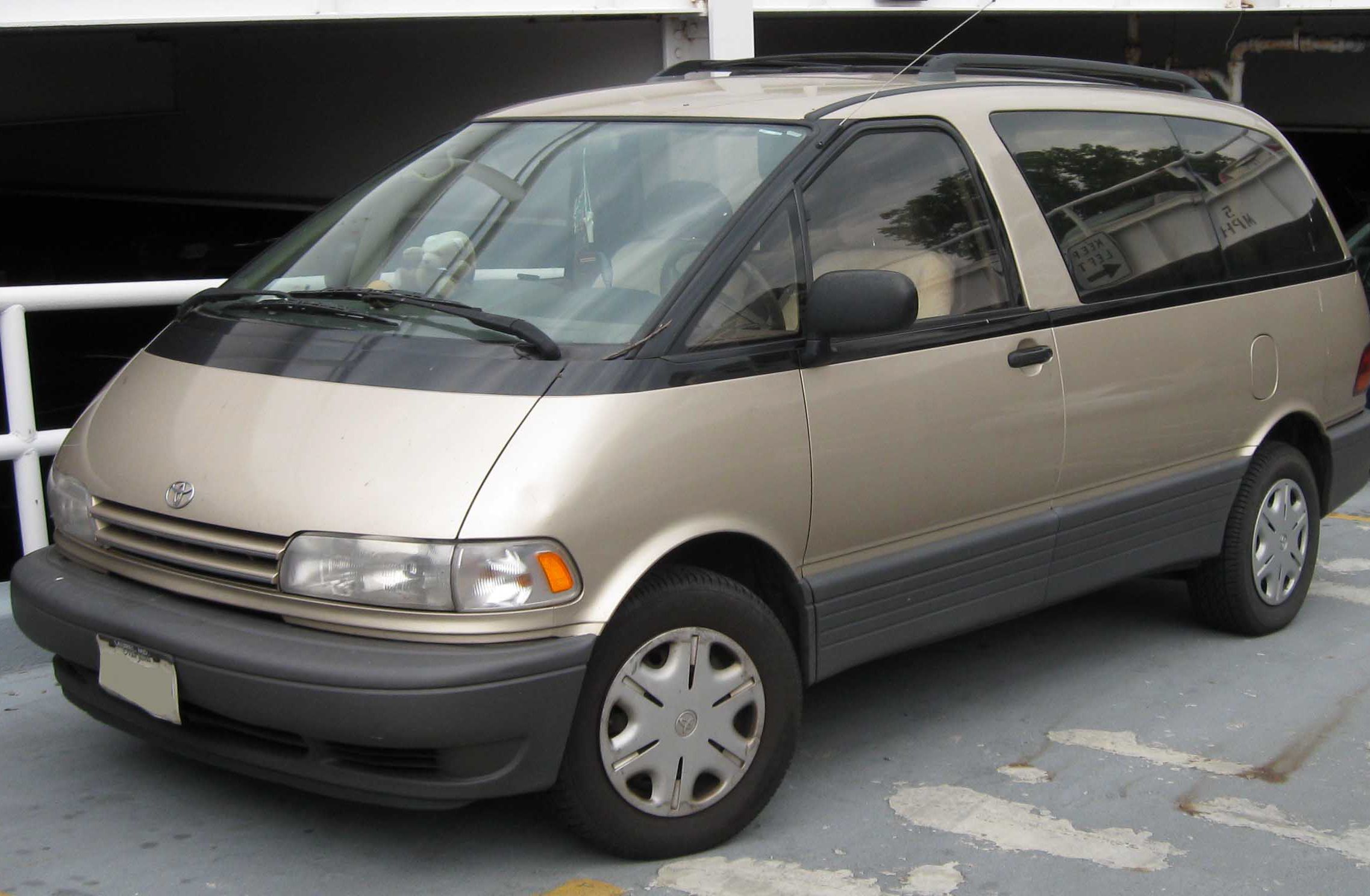
Toyota’s next try at building a minivan resulted in the Previa, a jellybean on wheels with a pregnant-looking center dashboard that Autotrader once jokingly called “the supercar of minivans.” It was better than the model it replaced, but the four-cylinder, mid-engine Previa was still a weakling when compared with American minivans’ V-6 engines, and it never sold particularly well. These days, however, it has achieved something of cultlike status, as Motor Trend points out.
Related: The Surprising History of the Toyota Land Cruiser
Pontiac Trans Sport (1990-1999)
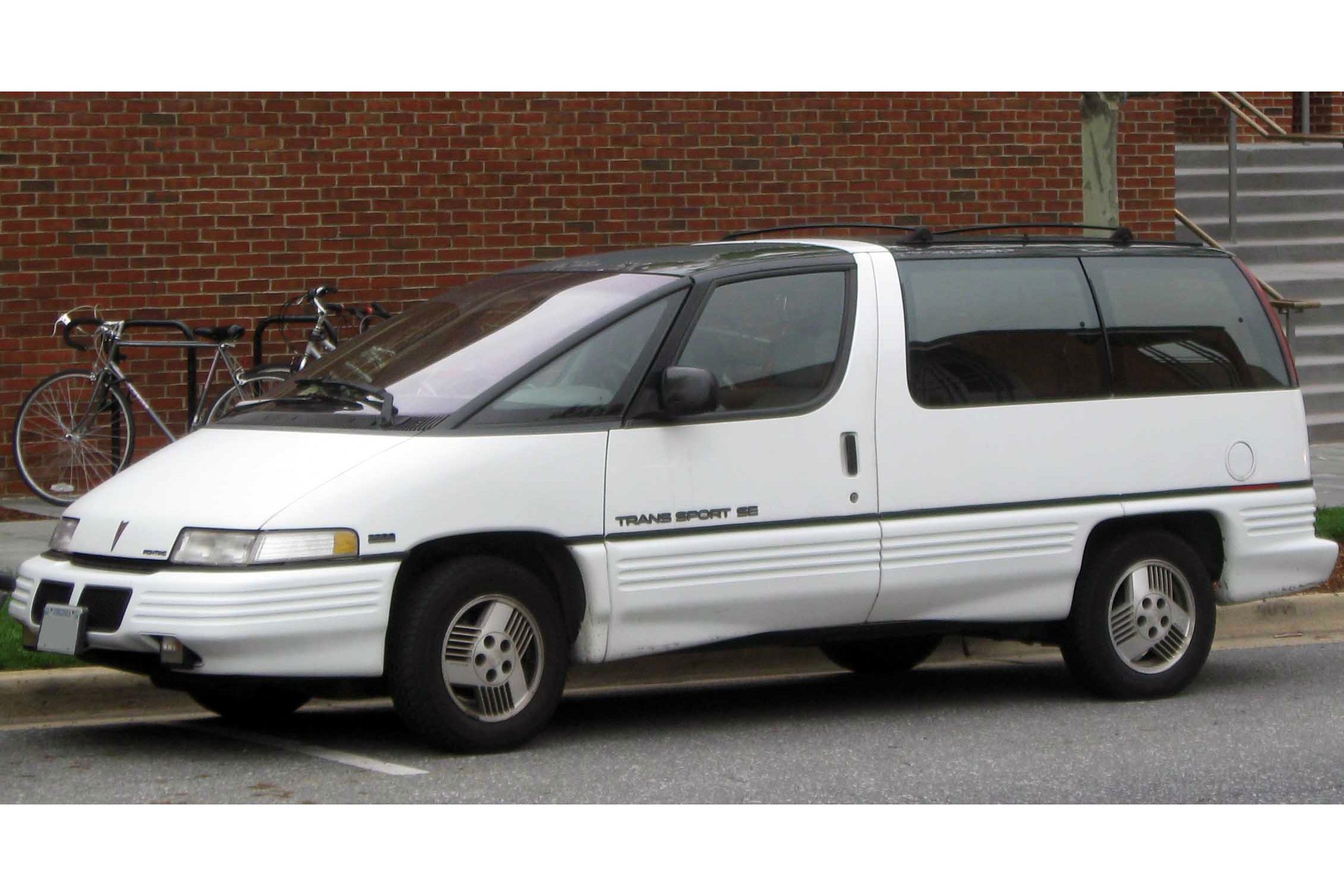
Related: Ugly Cars That Never Should Have Left the Assembly Line
Ford Windstar (1994-2003)
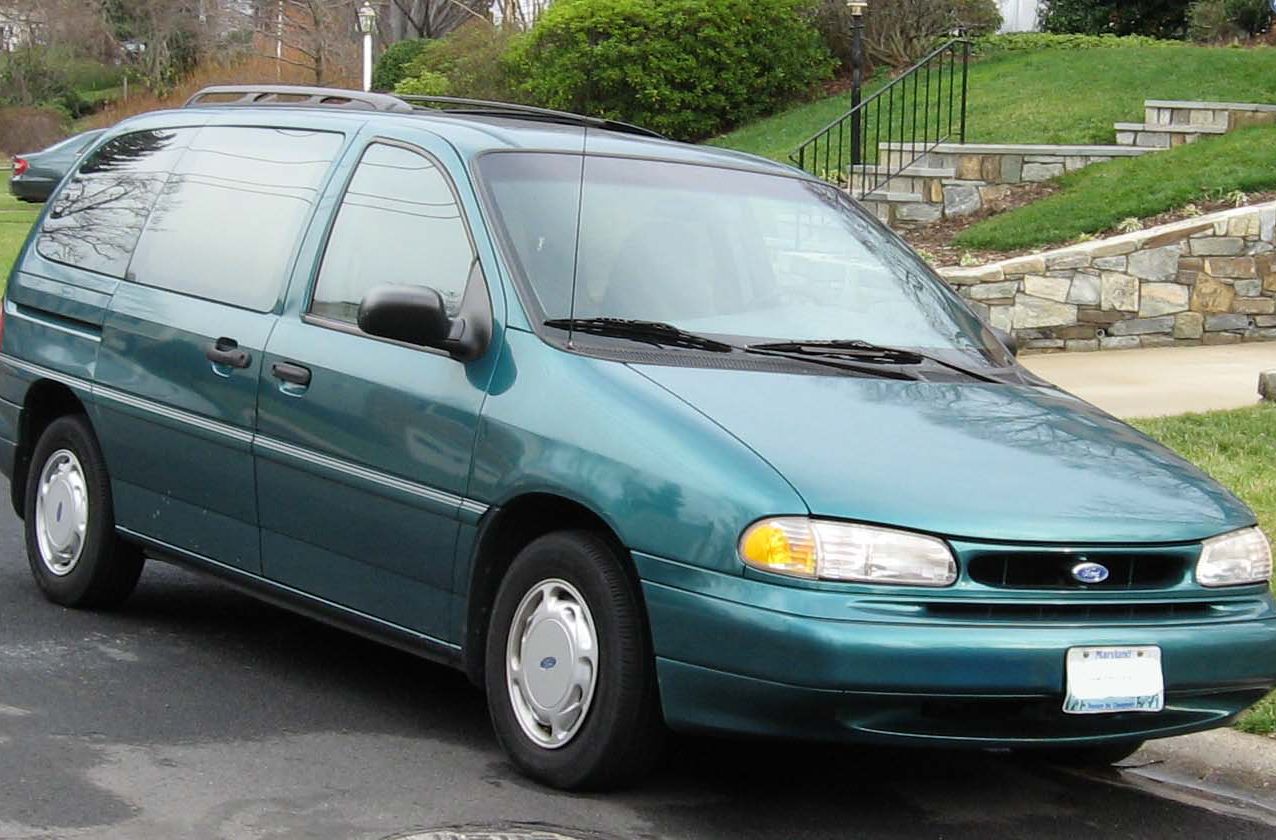
Car and Driver called Ford’s second minivan model the weirdest minivan ever made, but that seemed a bit unfair, considering that the Pontiac Trans Sport and Toyota Previa were for sale at the time. It’s true that the extended driver’s door — designed to allow easier access to the passenger compartment — seems a bit odd in hindsight, as Car and Driver notes. Regardless, it sold in excess of 200,000 units for the first three years it was available. Even in 2003 (the last before being rebadged as the Freestar), Ford sold more than 110,000 vans.
Related: Reasons Why Drivers Love the Ford Bronco
Honda Odyssey (1995-present)
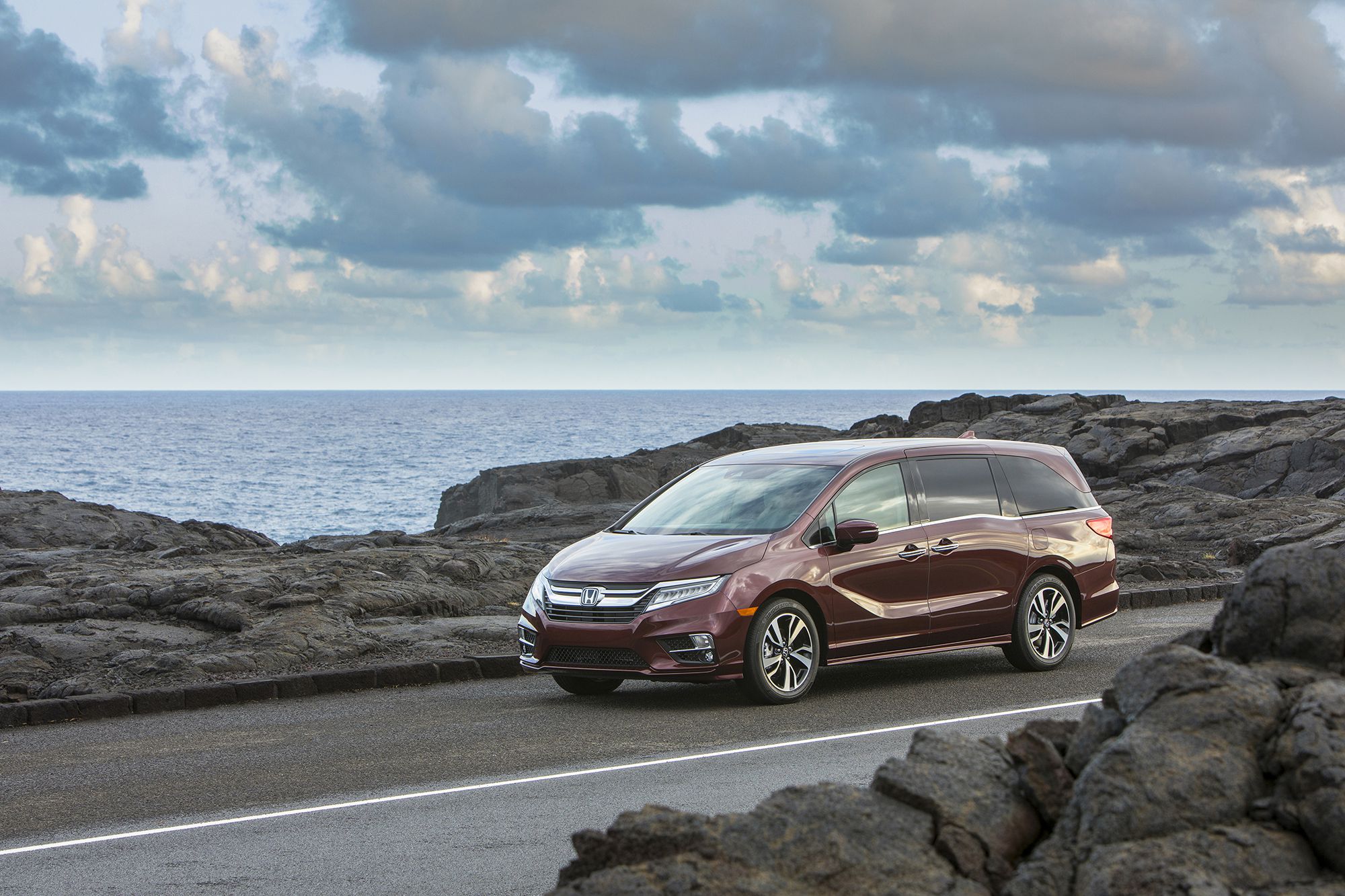
Honda misjudged the U.S. market when it planned the first-generation Odyssey, and the “mini minivan” (as Motor Trend dubbed it) made a less than impressive debut. But if there’s one thing Honda knows, it’s how to learn from its mistakes — including building subsequent versions. The current model is the second-most popular minivan in the United States, according to 2022 sales figures, sandwiched between the league-leading Chrysler Pacifica and the No. 3-ranked Toyota Sienna.
Related: Honda Odyssey Offers Family-Friendly Comfort, Space, and Features
Toyota Sienna (1998-present)
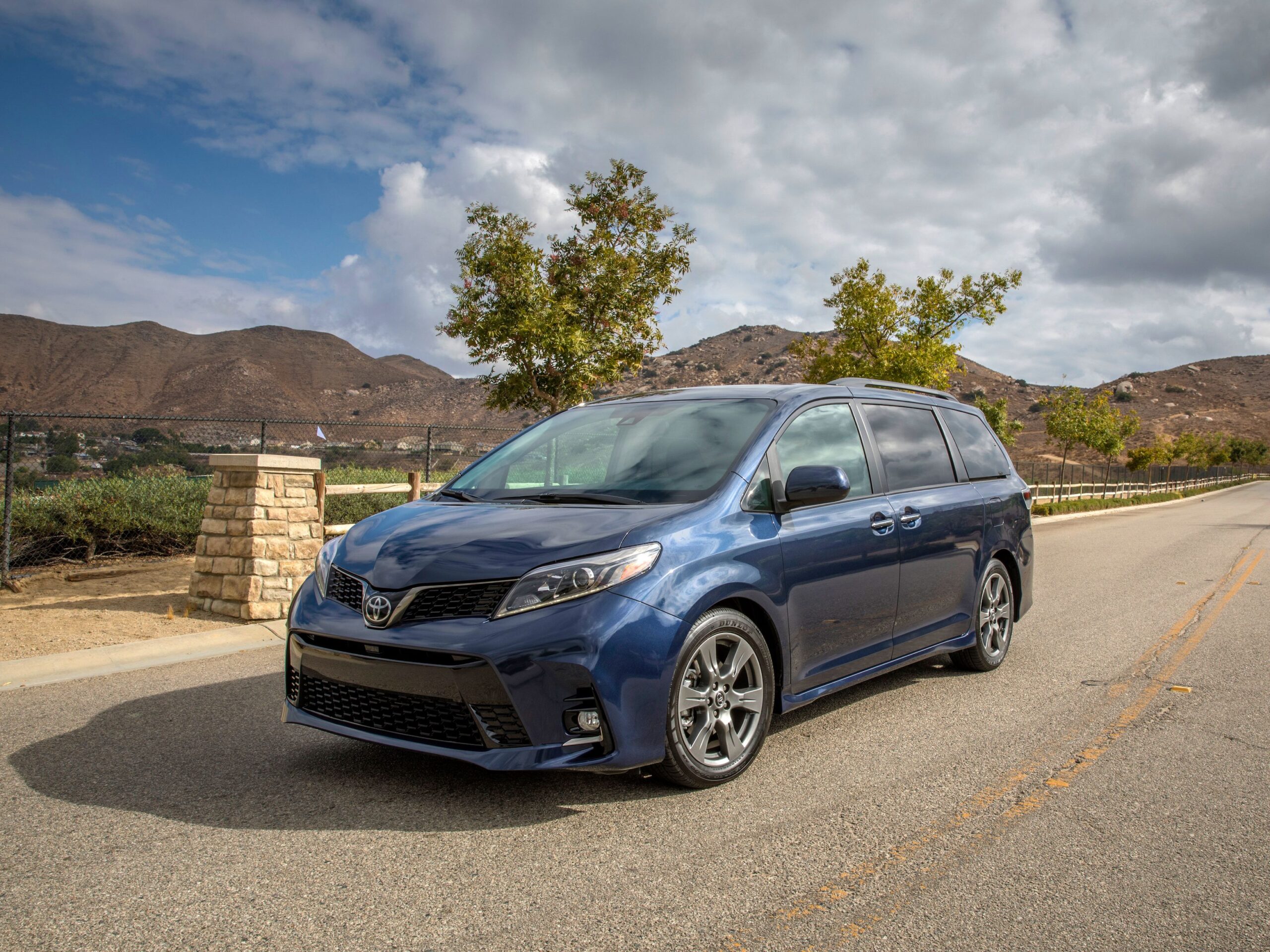
Related: The Most Trusted Toyotas of All Time
Kia Sedona (2002-present)
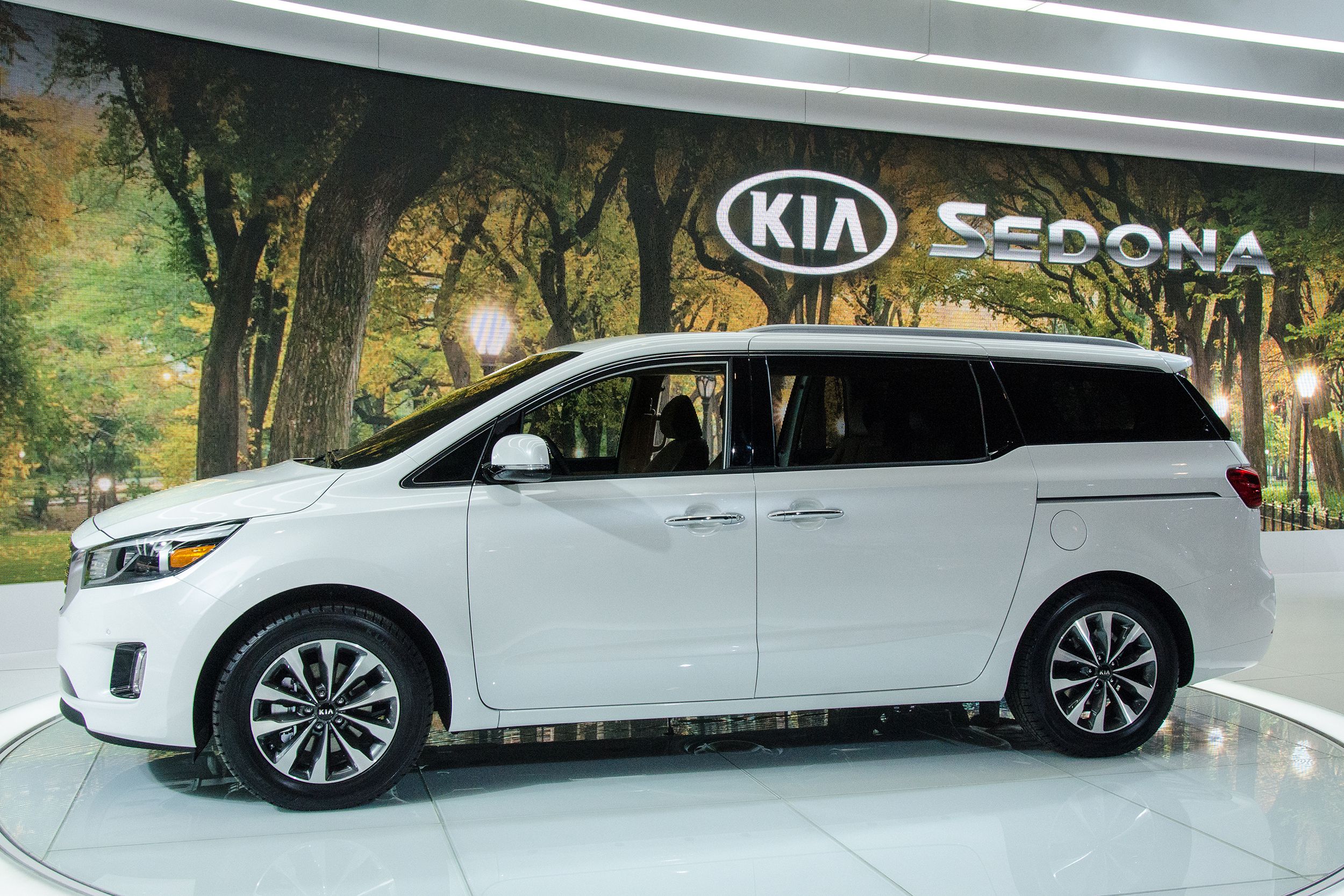
Kia was the first Korean carmaker to bring a minivan to the United States. The models that began arriving in 2002 were cheap and reliable, and drivers bought enough of them that by 2006, Kia was making a version of the Sedona for Hyundai, which branded it the Entourage. Hyundai got out of the minivan business a few years later, but Kia continues to build the Sedona.
Related: “Foreign” Cars That Are Made in America
Chrysler Pacifica (2017-present)
